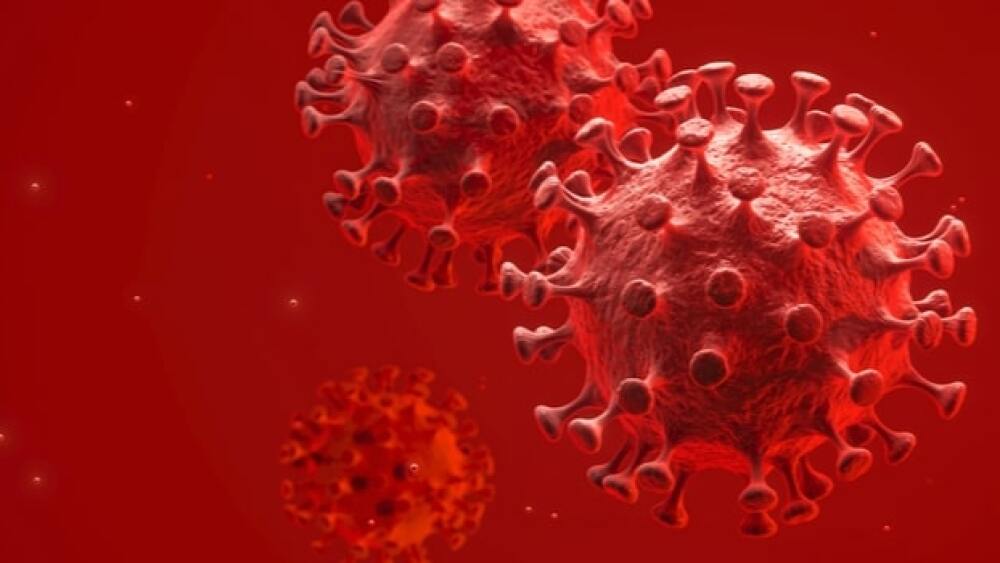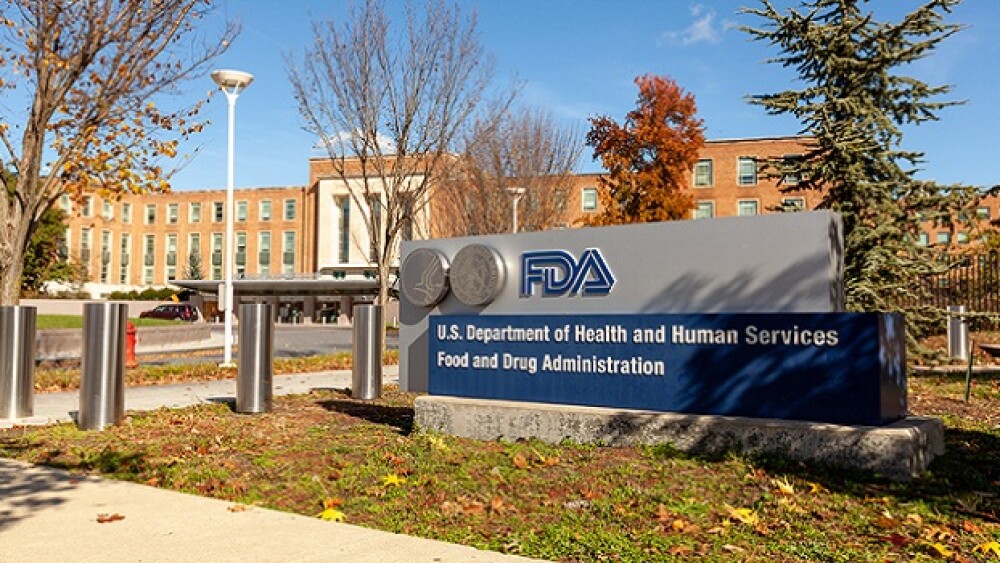Every week there are numerous scientific studies published. Here’s a look at some of the more interesting ones.
Every week there are numerous scientific studies published. Here’s a look at some of the more interesting ones.
Antibodies Respond Differently to Severe Versus Mild COVID-19
Researchers at Stanford Medicine found that COVID-19 antibodies preferentially target different parts of the SARS-CoV-2 virus in mild COVID-19 cases than they do in severe cases. In addition, they fade differently based on the severity of the case. People with severe COVID-19 have low proportions of antibodies that target the spike protein. In milder cases, the antibodies seem to do a better job of binding to the spike protein. The spike protein binds to the ACE2 receptor on human cells, which allows the virus to enter the cell. Once inside, the virus gets rid of its outer coat, takes over the cell’s protein-making machinery and churns out more viral particles that then infect other cells. Antibodies that bind to the spike protein block the ability to bind to ACE2. Antibodies that bind to other parts of the virus don’t seem to prevent viral spread.
“Antibody responses are not likely to be the sole determinant of someone’s outcome,” said Scott Boyd, associate professor of pathology at Stanford. “Among people with severe disease, some die and some recover. Some of these patients mount a vigorous immune response, and others have a more moderate response. So, there are a lot of other things going on. There are also other branches of the immune system involved. It’s important to note that our results identify correlations but don’t prove causation.”
Understanding Brain Plasticity in Adults
When brains develop, they constantly grow new neuronal connections—synapses—as they learn and remember. Important connects are nurtured and reinforced while seemingly unnecessary ones are pruned. Adult brains undergo similar treatment, but it’s not well understood why adult synapses are eliminated. A group of researchers at The Korean Advanced Institute of Science and Technology (KAIST) have found the underlying mechanism of plasticity, which could be related to neurological disorders in adult brains. The brain’s gray matter contains microglia and astrocytes. Microglia are a frontline immune defense—they eat pathogens and dead cells. Astrocytes are star-shaped cells that help structure the brain and maintain homeostasis with involvement in neuronal signaling. It was long thought that microglial eat synapses as part of their clean-up effort, a process called phagocytosis. But their research, using a new molecular sensor, found that it was actually the astrocytes that are constantly eliminating excessive and unnecessary adult excitatory synaptic connections.
New Class of Antibiotic Works Against Range of Bacteria
Investigators with The Wistar Institute have identified a new class of antibiotics that have a broad range of antibacterial effects, including against microbes with antimicrobial resistance (AMR). They focused on a metabolic pathway essential for bacteria but absent in humans, called methyl-D-erythritol phosphate (MEP) or non-mevalonate pathway, which is responsible for biosynthesis of isoprenoids. Isoprenoids are required for cell survival in most pathogenic bacteria. The researchers targeted the IspH enzyme, essential in isoprenoid biosynthesis. They screened several million commercially available compounds using computer models to find ones that could bind with the enzyme and chose the most potent ones. Most IspH inhibitors can’t penetrate the bacterial cell wall, so the researchers worked to identify and synthesize novel IspH inhibitors that could get inside the bacteria.
Rhesus Macaque Genome Reference Includes 85 Million Genetic Variants
Researchers at Baylor College of Medicine, the University of Missouri and the University of Washington created a new reference genome assembly, identifying more than 85 million genetic variants in the rhesus macaque. This makes it the largest database of genetic variation for any single nonhuman primate species. It is a big improvement over the first reference assembled in 2007, and they believe it can help analyze and answer fundamental questions in molecular genetics, cell biology and physiology, not just in rhesus macaques, but in humans and other primates and mammals.
“This is a major step forward in the amount of information we have about genetic variation in the rhesus macaque,” said Jeffrey Rogers, associate professor at the Human Genome Sequencing Center and Department of Molecular and Human Genetics at Baylor. “We have actually identified thousands of new mutations in the population of research animals. Now colleagues all over the country who are investigating various aspects of health and disease using rhesus macaques can begin to make use of that information.”
Common Diabetes Drug Linked to Rare COVID-19 Complications
Although diabetes is a known risk factor for COVID-19, researchers with Brigham and Women’s Hospital have identified a rare COVID-19 complication with common diabetes drugs. The side effect is called euDKA, or euglycemic diabetic ketoacidosis. DKA occurs when the body’s cells do not absorb enough glucose and begin metabolizing fats instead, which results in a build-up of ketones. EuDKA is marked by lower blood sugar levels, making it harder to diagnose. The researchers evaluated five unusual euDKA cases that was a significantly higher level of incidence, all seen in COVID-19 patients taking sodium-glucose cotransporter 2 inhibitors (SLGLT2i). They believe that COVID-19 may increase the risk of euDKA by binding to cells on the pancreas that produce insulin. The three SGLT2 inhibitors approved by the FDA are Janssen’s Invokana (canagliflozin), AstraZeneca’s Farxiga (dapagliflozin) and Eli Lilly and Boehringer Ingelheim’s Jardiance (empagliflozin).
What’s Going on in the International Space Station?
The Expedition 64 crew took the day off for Christmas, but immediately afterwards went back to work on a variety of biological and medical research. Two studies evaluated new treatments for joint injuries and cancer—one looked at bone, cartilage and synovium in artificial gravity chambers to better understand bone loss and joint damage; the second studied protein crystals grown in space and their ability to target cancer cells. A different study on several dozen mice evaluated the vascular changes in space on eyesight function—about 40% of people working in space have vision changes from fluid shifts and radiation. Another experiment studied genetic changes in space and their impact on the growth and deterioration of bone tissue.





